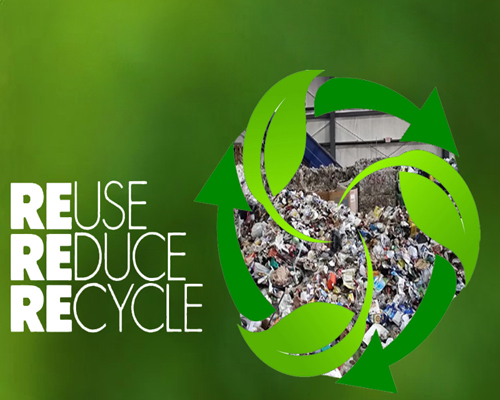Plastic Recycling Services in Chennai

Plastic Recycling Services
Is polystyrene biodegradable?
Technically, if heated enough in the sun, for example, polystyrene will begin to break down. However, most polystyrene ends up piled up in landfill where it is not exposed to sunlight, and so it can take an extremely long time to break down. For this reason, polystyrene is not considered to be biodegradable.
What are the disadvantages of polystyrene?
As polystyrene is not biodegradable, this has a severe impact on our environment. The impact of polystyrene use should be considered carefully, and alternatives sought out where possible. It is important to reuse and recycle polystyrene as much as possible and to reduce the production and use of it in packaging and manufacturing
What Plastics Are Recyclable?
Plastic recycling is the process of recovering scrap or waste plastic and reprocessing the material into useful products. Since the vast majority of plastic is non-biodegradable, recycling is a part of global efforts to reduce plastic in the waste stream, especially the approximately 8 million tons of waste plastic that enters the Earth’s ocean every year.
There are six common types of plastics. Following are some typical products you will find for each of plastic:
PS (Polystyrene) – Example: foam hot drink cups, plastic cutlery, containers, and yogurt.
PP (Polypropylene) – Example: lunch boxes, take-out food containers, ice cream containers.
LDPE (Low-density polyethylene) – Example: garbage bins and bags.
PVC (Plasticised Polyvinyl chloride or polyvinyl chloride)—Example: cordial, juice or squeeze bottles.
HDPE (High-density polyethylene) – Example: shampoo containers or milk bottles.
PET (Polyethylene terephthalate) – Example: fruit juice and soft drink bottles.
Currently, only PET, HDPE, and PVC plastic products are recycled under curbside recycling programs. PS, PP, and LDPE typically are not recycled because these plastic materials are more difficult and expensive to process.
Some Quick Plastic Recycling Facts
About 8.5% of plastic production was recycled in the U.S. during 2018, varying by product category. Plastic packaging and containers were recycled at 13.1%.
The plastics that end up in the oceans break down into small pieces and every year around 100,000 marine mammals and one million seabirds are killed by this pollution.
The Plastic Recycling Process
The simplest of plastic recycling processes involves collecting, sorting, shredding, washing, melting, and pelletizing. The actual particular processes vary based on plastic resin or type of plastic product.
Most plastic recycling facilities use the following two-step process:
Step One: Sorting plastics automatically or with a manual sort to make sure all the contaminants are removed from the plastic waste stream.
Step Two: Melting down plastics directly into a new shape or shredding into flakes then melting down before being finally processed into granulates
Latest Advances in Plastic Recycling
Ongoing innovations in recycling technologies have made the plastic recycling process easier and more cost-effective. Such technologies include reliable detectors and sophisticated decision and recognition software that collectively enhance the productivity and accuracy of automatic sorting of plastics.

Leave a Reply
Want to join the discussion?Feel free to contribute!